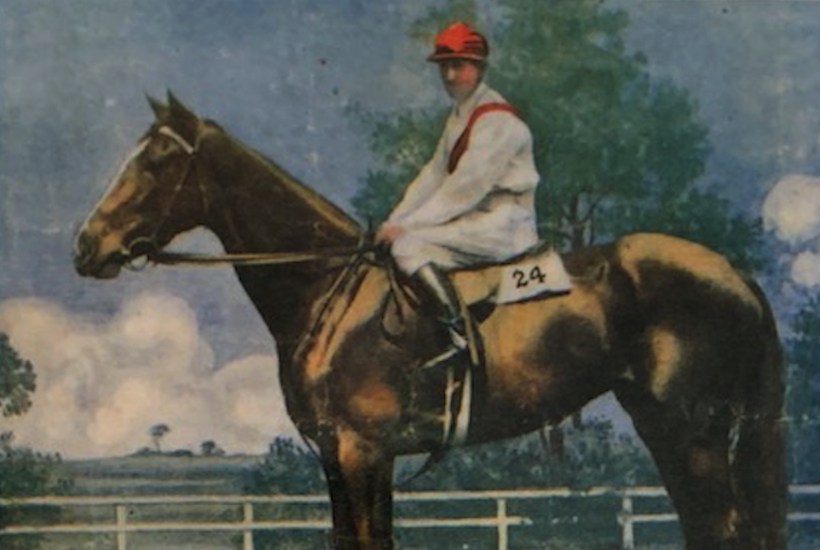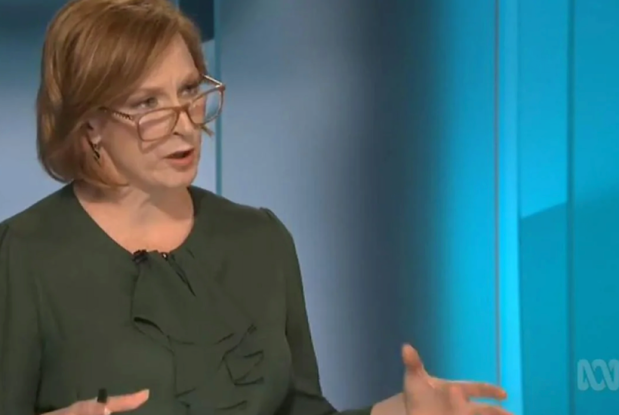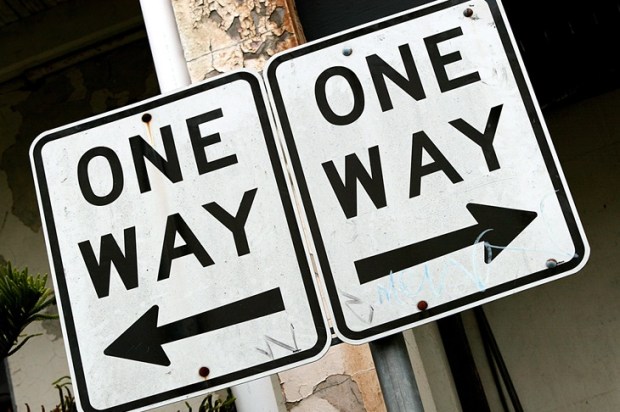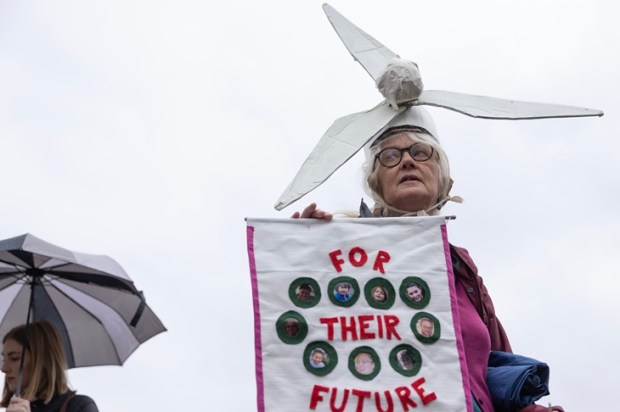What better time than Cup Day to mark a little piece of racing history?
A century ago, in 1921, a rank outsider, chestnut filly Sister Olive, stormed home to snatch the Melbourne Cup in a thrilling finish from The Rover and Amazonia.
Sister Olive, being a filly, is the history-making bit. Only three fillies in the 160 years since the first Cup was run have won the race. No filly has won it since.
Following the race, one prominent newspaper reported: “There is not the slightest doubt that Sister Olive thoroughly deserved her victory. The early stages of the race did not favour her and she had to thread her way through a closely packed field. She did it brilliantly — hitting the front at the top of the straight, the result was not in doubt.”
At odds of 16/1 few expected Sister Olive to be in the winners’ enclosure after the race. Her owner and breeder — Frederick Norman — won just over £8000 plus the pure gold Cup.
His winnings, coupled with returns from his substantial betting on the race, enabled Frederick Norman to leave Flemington that day, November 1, 1921, with the equivalent of more than $1.2 million in his pocket. A good day’s work all round.
Being a professional bookmaker, Fred was the toast of Flemington and the entire national racing fraternity.
Fred and Esther Norman — my maternal great grandparents — had five daughters of whom they were immensely proud.
The third daughter, Olive, was honoured to have her name provide the inspiration for the filly Sister Olive. My grandmother, Florence, (Olive’s older sister) also had a racehorse named in her honour – but if it ever won a race nobody seems to know about it.
Post World War I Australia was a place of great optimism, hope and opportunity. The Federation had been in place for almost two decades, the states were asserting themselves, public and private institutions were taking hold and families could once again plan their futures with renewed certainty.
Billy Hughes was ensconced as Australia’s seventh prime minister having been in the role throughout much of the war and the population had reached 5.4 million people.
Nineteen twenty one had started well with the Australian cricketers defeating England in The Ashes series and in the then VFL season Richmond won the Premiership 5.6.36 to Carlton 4.8.32.
Sport, so much a part of the Australian way of life, was again attracting crowds, international attention and money. Horse racing was no exception. It was on the morning of November 1, 1921 that final preparations were underway for the running of the sixtieth Melbourne Cup at Flemington.
Little known, and even less fancied, three year old filly Sister Olive was among the thoroughbreds doing early track-work in advance of the big race. Among 98,000 race-goers at Flemington that hot, blustery day were trainer Jack Williams and jockey Teddy O’Sullivan. Fred Norman was also trackside before daybreak.
Sister Olive won the race in a time of three minutes and 27.75 seconds, equalled by Phar Lap in his win in 1930.
Sister Olive backed-up in the VRC Oaks two days later on November 3 but this time Furious was too good. Sister Olive came home third in a field of five.
Every Melbourne Cup creates its own piece of history but the unexpected yet convincing win by Sister Olivein 1921 added to the sense of post-war euphoria and the joy everyday people felt that life was getting better and the future was positive.
Sister Olive’s 1921 record of being just the third filly to win the Cup will hold fast today as there are no fillies in the 2021 Cup.
So what became of Fred and Esther Norman? By 1930 the impact of the Great Depression had severely dented their wealth and urgent budgetary measures were needed.
Sadly, the measures included the sale of the Norman family home, Woorinyan, in Burke Road, Camberwell.
As people everywhere had to ‘make do’ during the Depression the Normans got by, but never again enjoyed the racing successes of 1921.
Fred Norman continued to live in Camberwell until his death in 1953 at the age of 90.
His life and times are recorded in a book The Normans of Camberwell available at simpsonjps@gmail.com. $25.00.
John Simpson is a Melbourne company director.
Got something to add? Join the discussion and comment below.
Get 10 issues for just $10
Subscribe to The Spectator Australia today for the next 10 magazine issues, plus full online access, for just $10.


























Comments
Don't miss out
Join the conversation with other Spectator Australia readers. Subscribe to leave a comment.
SUBSCRIBEAlready a subscriber? Log in